Image Source: Multimodal-writing
Gaming has seen tremendous change throughout its history, and probably the most fascinating aspect of this evolution is its graphics. This tour of gaming history is nothing short of spectacular.
In recent times, we have witnessed a quantum jump into the realm of immersive virtual reality experiences from the days of pixelated sprites.
In the following sections, we will begin on a chronological journey, charting the amazing journey that game visuals have taken over the years.
Recommended Reading: Gamification- why is gaming a teaching tool?
Virtual reality (VR) software B2C market revenue worldwide from 2017 to 2028, by segment (in billion U.S. dollars)
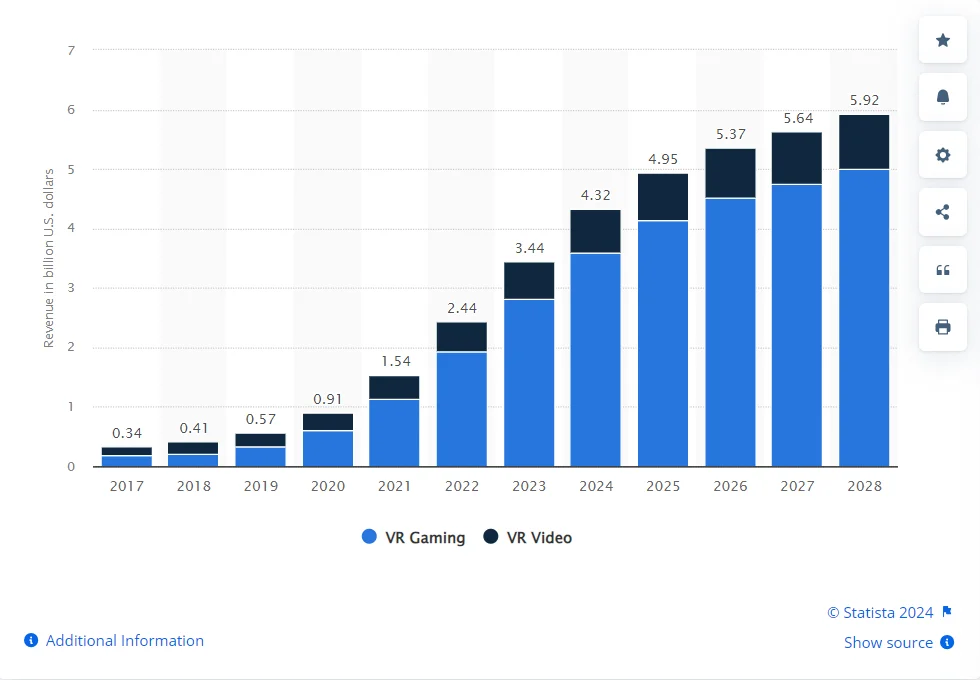
1. Pixel Art (1970s – 1990s)
Pixel Art, which was popular from the 1970s to the 1990s, ushered in the era of video games. It used a grid of tiny, square pixels to create images on the screen. Because of hardware constraints, graphics were frequently blocky and lacking detail. This era was typified by early arcade classics such as Pong and Space Invaders. Pixel art evolved alongside technology, resulting in more detailed and expressive 2D sprites. This era established the visual language of video games and it maintains a nostalgic appeal for many gamers today.
2. 2D Sprites and Hand-drawn Art (1980s – 1990s)
When 2D sprites and hand-drawn imagery were introduced in the 1980s and 1990s, the visual quality of games improved dramatically. Game designers progressed from crude pixel art to carefully polished, hand-drawn sprites. This enabled more complex and emotive characters and landscapes, bringing gaming to a new level of immersion. Super Mario Bros., Sonic the Hedgehog, and Street Fighter II were examples of this era’s artistic excellence. These games were famous, setting the groundwork for character design and animation techniques that still have an impact on the industry today.
3. Introduction of 3D Graphics (1990s)
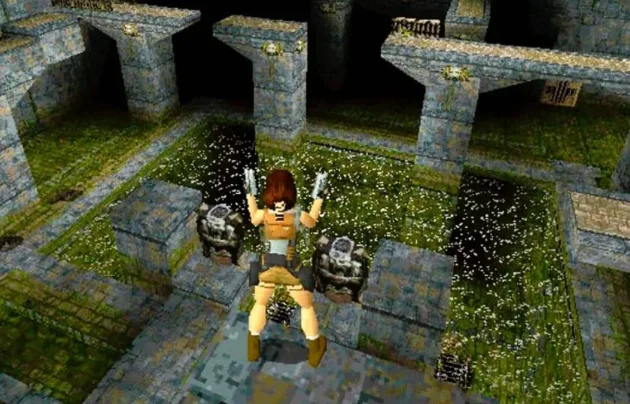
In the 1990s, the rise of 3D graphics caused a major transformation in the gaming world. This technological advancement enabled the construction of immersive three-dimensional settings, which replaced the previously dominant two-dimensional graphics. This change was illustrated by games such as Doom, Quake, and Super Mario 64, which revolutionized gameplay experiences. Polygonal models and textured surfaces ushered in a new era of realism and depth, paving the way for a future in which 3D visuals would become the norm in gaming, forever altering how players interacted with virtual worlds.
4. Polygonal Models and Textures (Late 1990s – Early 2000s)
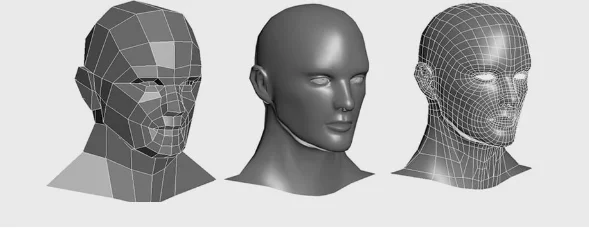
Polygonal models and textures started being used in the late 1990s and early 2000s, marking another revolutionary phase in gaming. This era saw a significant advancement in 3D graphics, with developers beginning to use polygonal models mixed with complex textures to produce more realistic characters and environments.
Final Fantasy VII, Tomb Raider, and Half-Life were early instances. This technical leap introduced previously unfathomable levels of clarity and depth to video games, boosting their immersive potential and setting the way for ever more visually spectacular experiences in the years to come.
5. High Definition (HD) Era (Mid 2000s – 2010s)

The use of High Definition (HD) in gaming began in the mid-2000s and lasted into the 2010s. With the introduction of increasingly powerful consoles and graphics cards, games achieved previously unseen levels of visual fidelity. This epoch saw the introduction of highly detailed textures, complicated 3D models, and realistic lighting effects.
Titles such as Gears of War, Uncharted, and Crysis demonstrated this generation’s potential, giving gamers astonishingly immersive environments. The HD era was a watershed moment in gaming visuals, providing visually spectacular experiences while pushing the bounds of storytelling and gameplay innovation.
6. Real-time Ray Tracing and 4K Gaming (Late 2010s – 2020s)
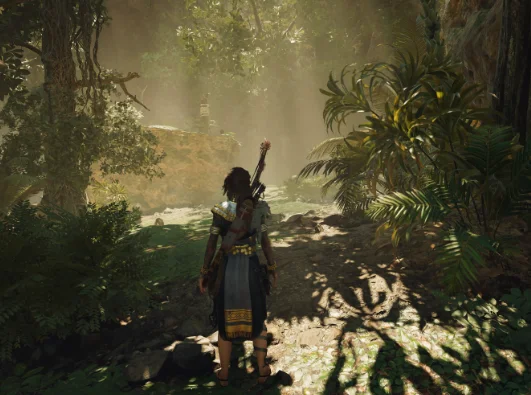
Gaming entered the era of visual splendor with the introduction of real-time ray tracing and 4K gaming in the late 2010s and early 2020s. By simulating how light interacts with objects in real time, this technology changed visual rendering, resulting in astonishingly realistic lighting, reflections, and shadows. With RTX, games like Cyberpunk 2077, Control, and Minecraft proved the power of this cutting-edge technology. This age, when combined with the rise of 4K resolution monitors, provided unprecedented visual fidelity, allowing players to immerse themselves in incredibly lifelike and meticulously detailed virtual worlds.
7. Virtual Reality (VR) and Augmented Reality (AR) (2010s – Present)
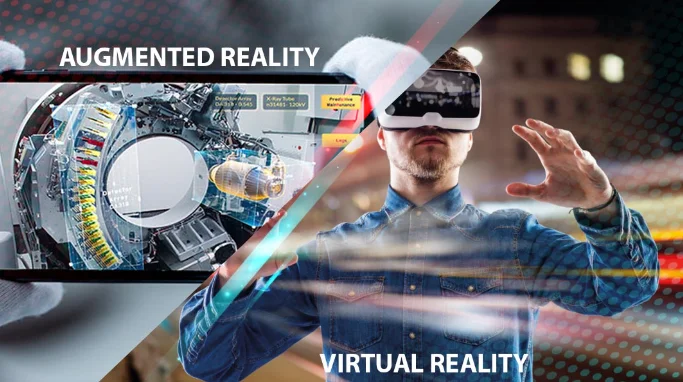
Gaming has embraced the revolutionary possibilities of Virtual Reality (VR) and Augmented Reality (AR) from the 2010s to the present. VR immerses gamers in completely virtual worlds, giving them an unmatched sensation of presence and involvement. VR titles such as Beat Saber and Half-Life: Alyx demonstrate the amazing capabilities of the technology.
AR, on the other hand, superimposes digital features on top of the actual world, as seen in games such as Pokémon GO. These technologies have not only broadened the boundaries of gaming but have also found applications in a variety of industries, predicting a potential future in which reality and virtuality coexist seamlessly.
Conclusion
To summarize, the evolution of visuals in games has been an amazing adventure. Each period has pushed the bounds of what is visually achievable, from blocky pixels in the past to immersive virtual reality experiences in the present. Looking ahead, it’s evident that gaming graphics will continue to amaze and captivate players, providing increasingly realistic and immersive gaming experiences. The growth of visuals in games demonstrates the gaming industry’s unwavering quest of innovation and originality.
Moonpreneur is on a mission to educate and ignite the flames of entrepreneurship through our holistically created online STEM programs, which will help kids master the futuristic sciences such as Robotics, Game Development, App Development, Advanced Math, Math-Quiz to test your kids knowledge and much more!!
Register for a free 60-minute robotics workshop today!















